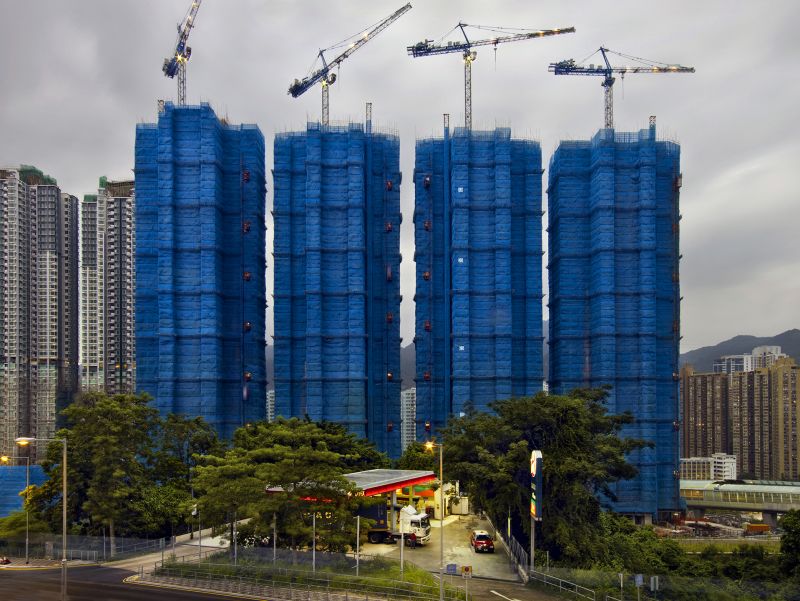Discovering Hong Kong’s Colorful Construction ‘Cocoons’
In the bustling metropolis of Hong Kong, vibrant colors and unique structures characterize the urban landscape. One of the most striking features of the city’s architecture is the use of brightly colored nylon mesh, which serves a crucial purpose: preventing construction debris from falling to the streets below.
The Art of Peter Steinhauer
American photographer Peter Steinhauer has dedicated over 20 years to documenting these fascinating structures. His work captures the essence of a city constantly in reference to transformation and renovation. Moreover, Steinhauer’s photography illuminates the intricate intersections of art and functionality within the urban environment.

The Unique Bamboo Scaffolding
In addition to nylon mesh, bamboo scaffolding is a traditional construction method prevalent in Hong Kong. This sustainable practice not only provides structural support but also offers an aesthetic appeal. Steinhauer expresses his admiration for this unique scaffolding method:

“I like to get in close and find the graphic elements,” Steinhauer states in interviews. “If you look at the bamboo as it’s going up, there’s a pattern and design to it.” Consequently, each photograph taken is not merely a documentation of the scene but an artistic exploration of the textures and forms involved in urban construction.
Swimming in Color
The temporary facades fashioned from nylon sheets come in a variety of bright colors, such as blue, yellow, and white; however, green is the most commonly used shade. These vibrant coverings add an unexpected burst of color to the city’s architectural language.

Conclusion
Steinhauer aptly refers to these structures as “cocoons,” symbolizing the metamorphosis that buildings undergo during renovation. His stunning visuals reveal the dual nature of Hong Kong’s architecture—functional yet artistic. By capturing these colorful cocoons, Steinhauer not only highlights the transformative nature of construction but also provides a glimpse into the dynamic spirit of one of Asia’s most vibrant cities.
For those interested in architectural photography, urban design, and the interplay between culture and infrastructure, Peter Steinhauer’s work stands as a remarkable contribution worth exploring further.




